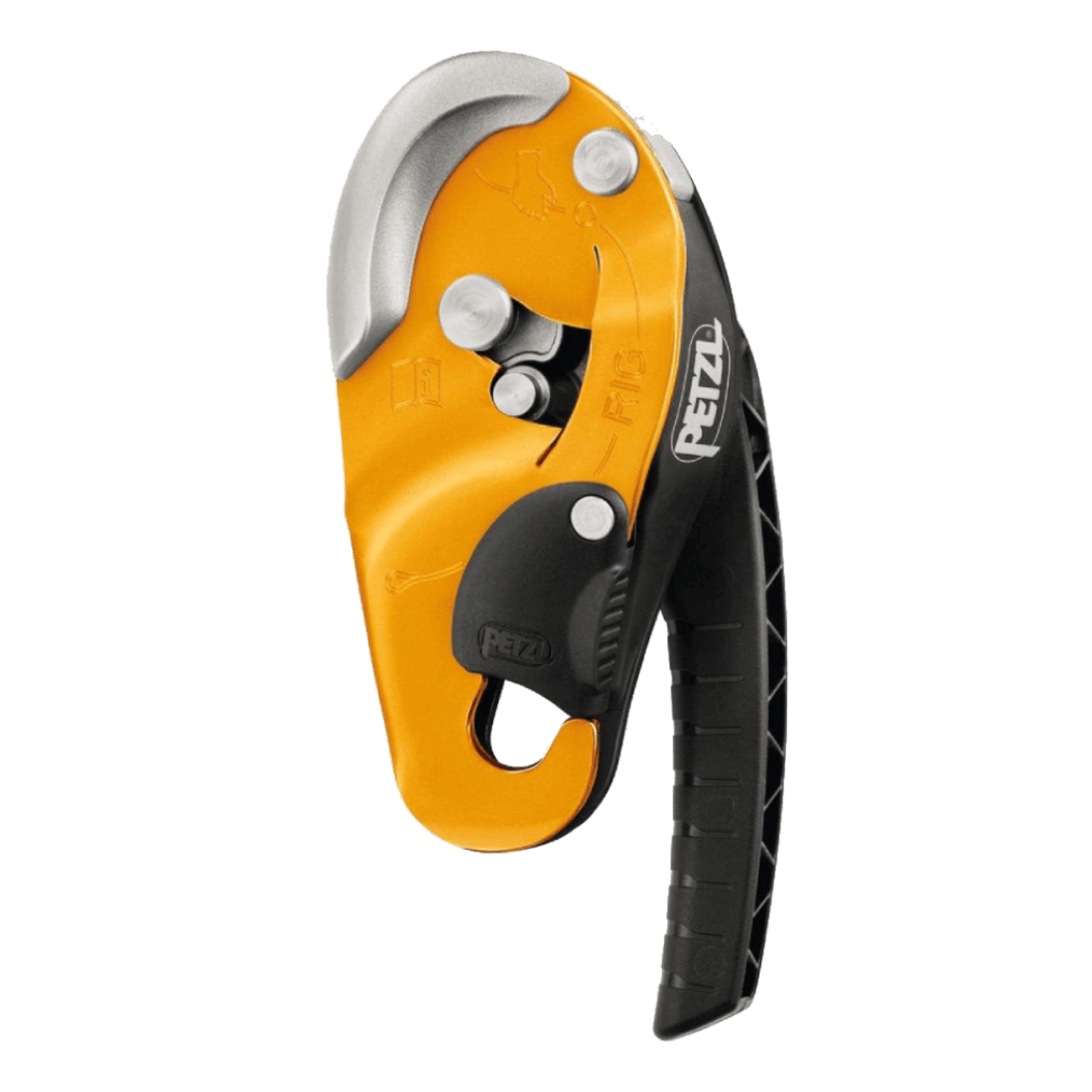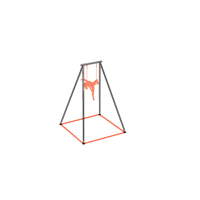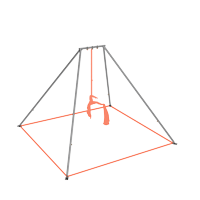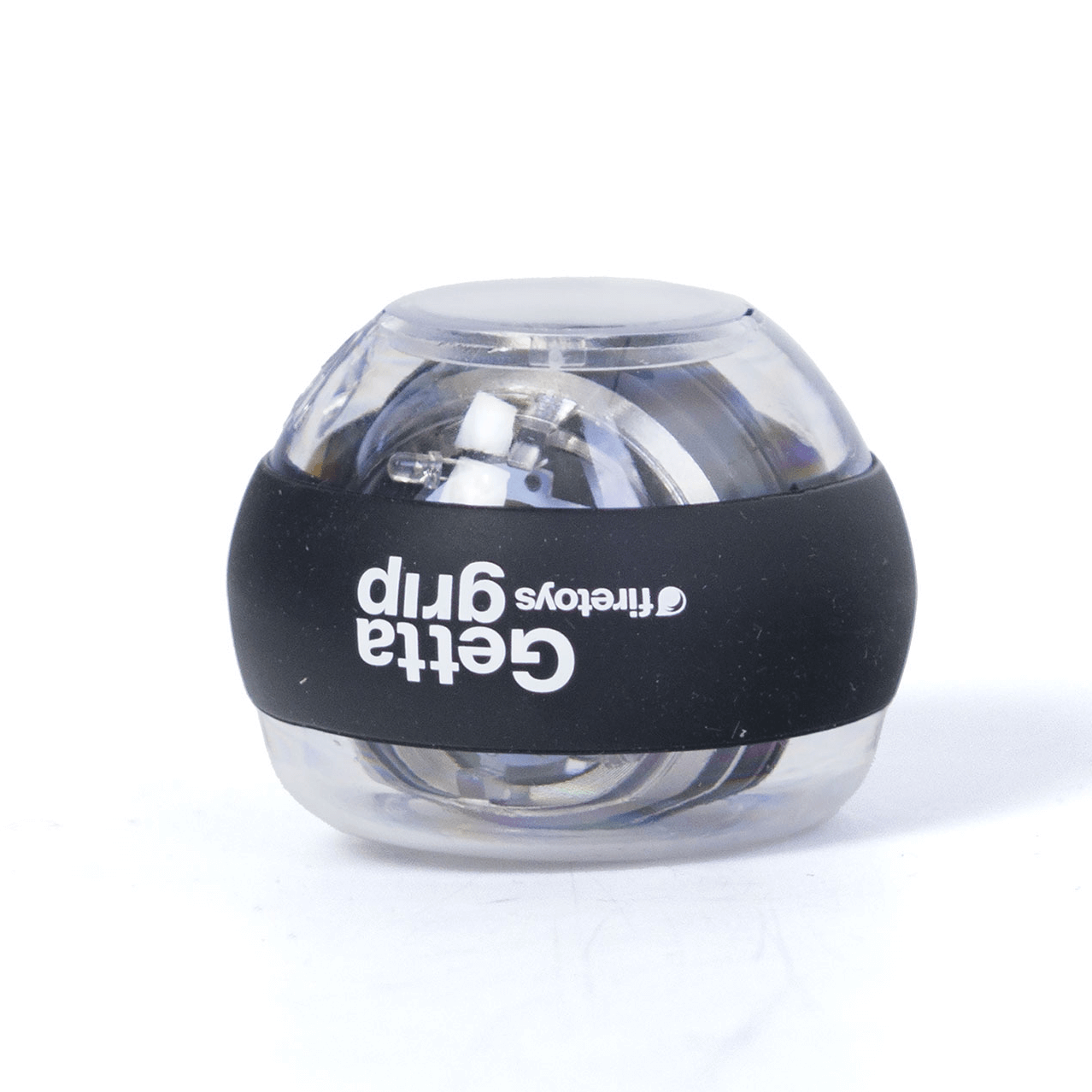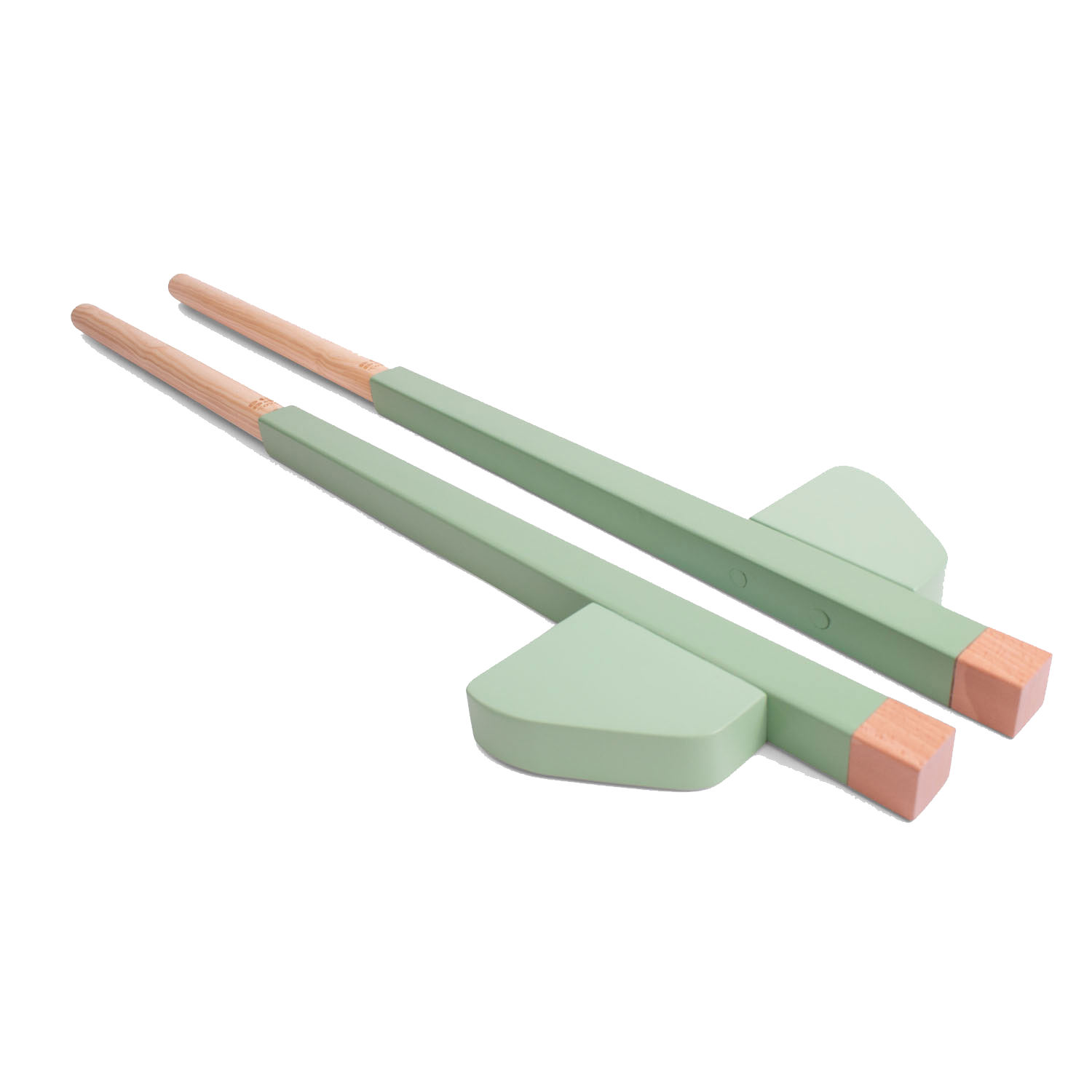Thinking of getting into aerial hoop? You have questions we have answers.
WHAT IS AERIAL HOOP?
Developing and changing over the years aerial hoop has become a fundamental part of most modern circuses. When most people think of aerial hoops they picture crowds and choreographed routines. Recently it’s grown as a hobby, with talented artists passing on their knowledge through classes at studios all over the world.
The appeal of the art form comes from the different aspects it combines - dance, flexibility, strength, and discipline. We’re now spoiled for choice when it comes to the physical activities we can choose to invest our free time into. As the market has become so saturated it has also meant that more advanced activities are able to develop and prosper.
Aerial hoop is one of those more challenging activities. It rewards aerialists with a greater sense of achievement than an hour on a treadmill. Combining strength training like in a gym, the gradual mastery of moves like gymnastics, and routines like in pole dancing.
So, what’s involved in starting down the road to becoming a competent aerialist?
THE IMPORTANCE OF CLASSES

If you’re considering aerial hoop the best thing you can do is find a class near you. A class means a studio and a trained instructor. That’s important for several reasons.
A studio is the safest place to practice what can be a dangerous art form. Securely rigging an aerial hoop and maintaining is a must.
A rigging point needs to be able to support your weight as well as the forces put upon you when performing your moves. It's easy to think that only professionals need to pay attention to safety ratings but it’s the simplest moves and mistakes that can generate the most force.
A 2014 study of aerial dance showed that a simple “sit-bounce” or sudden jolt can produce the highest forces, as much as 5x their weight. A sit-bounce could be part of a routine or it could be a slip or mistake. Anyone can suddenly impact their trapeze bar, aerial hoop, or otherwise. Make sure the hoop you use can absorb that impact safely, let alone the more dynamic moves.
A trained instructor is equally important for safety, for beginners or masters alike. Having a second person with you whilst on a hoop, who knows what you’re doing, and the forces at work make for a spotter.
Just like in the gym they’re there to keep you safe, catching or supporting you as needed. They can also assist you with a proper warm-up, cool down, learning the proper technique for your skill level. And, in emergencies, provide first aid.
Photo: @bluemooncircus.uk
THE DANGERS OF SELF TEACHING
Falls and collisions are obvious dangers, they can also be more serious than most people imagine. Even from a low height, a fall can have life-changing implications. A not-so-obvious danger is an improper technique. Repeating the same moves incorrectly can lead to lifelong muscle, tendon, ligament, or even bone issues.
Proper instruction is vital for aerial. As is the proper understanding of the equipment for use and maintenance.
RIGGING AND OWNING YOUR HOOP

At a studio, they'll rig an aerial hoop for you but it’s important to know what goes into rigging yourself. Rigging comes in different styles for practice as well as for safety. Commonly the rigging will comprise a rigging clamp, strop, carabiner, and your hoop. Including a strop in your setup is common but might not be the best solution for you. A strop may not even be necessary depending on the space you have available. Polyester strops are a very popular choice (sometimes known as round slings or span sets). Slings, cables, and ropes are also great options in the right setup. Including things like strops allows you to choose the height your hoop hangs at, perform moves above the hoop, and to avoid making contact with your riggings A carabiner is a connector that allows you to attach your hoop to your rigging. Carabiners aren't the only type of connectors used in aerial rigging but are possibly the most common. If your hoop has tabs or shackles you could use a connector, like a carabiner, to attach it to the rest of your rigging instead of choking your strop(s). Aerial hoops themselves come in different shapes and sizes. The examples above show a zero-point hoop and a single-point hoop but you can also get hoops with multi points. It’s entirely up to personal preference. We have a guide on how to measure yourself for an aerial hoop but the best way to find the hoop size you feel most comfortable and confident in is to try them out! We suggest visiting a studio with a few size options you could try and speak to the instructor about the hoops and the moves you are learning.
AERIAL ATTIRE
It can be easy to pick out with performance in mind. As with all aspects of aerial, it’s actually safety that comes first.
Our tips:
- Don’t wear baggy clothing that may get tangled
- Take off jewellery
- Cover any piercings
That doesn’t mean you can’t dress comfortably though, it’s important for your safety to be able to practice without distractions.
EXTRAS
Once you’ve got the hang of things, if you’ll pardon the pun, it’s time to consider a few small extras to customise your experience.
You can adapt your rigging with different carabiners and swivels. A swivel is a super-strong free-spinning device. Its simple benefit is that it prevents your strop or rigging equipment from twisting.
Adding a swivel to your setup isn't technically necessary but, if you intend to spin at all on the hoop you need to include one. Spinning without a swivel will damage your equipment.
Some people like to train with aid such as chalk or rosin. These are excellent for anyone struggling with grip. Everyone from beginners to improvers, to professionals at some point will likely need a little help to nail a move or routine.
Rosin and chalk are other methods for adding grip, these fine powders are made from either rock rosin or magnesium chalk, or sometimes both. It’s poured from a shaker, or sprayed from a can, and applied to any body part that needs grip.
MAINTAINING A HOOP
Hoop maintenance starts at the rigging.
We send out logbooks with our aerial equipment to encourage regular checks. All our equipment comes with a unique identifying number. Taking note of this allows us to pinpoint important information about the manufacturing of the item. It also ensures you are able to identify each piece you own and check it through its lifetime effectively.
All aerial equipment has a life span. Once it reaches its maximum hours' use or maximum years use you will need to retire it. For example, our hoops have a lifespan of 5 years active use or 5,000 hours use or 10 years since the date of manufacture (whichever comes first).
As an example a steel component can withstand wear of 10% of its original diameter, for aluminium 5% wear is safe. After this point, the equipment should be replaced.
A technique to help the longevity of your hoop, carabiners, rigging points, etc is to use strong sacrificial layers. We offer a tough silicone tubing that’s inexpensive compared to the part it will protect. Sacrificial layers wear down quicker than metal parts but those parts then last longer.
A good quality hoop will come with a treated surface, like a spray or coating. A wayward scratch or dent can lead to rust though. A layer of tape brings protection, as well as grip and a bit of character.
Read our guide for more about how to tape your hoop.
At Firetoys we stock a whole range of tapes including our own Snake Tape. We also offer a free taping service too. When you buy one of our aerial hoops we can tape it for you, in your choice of up to two colours, before we send it off to its new home.
Take a look at our entire aerial hoop range.























